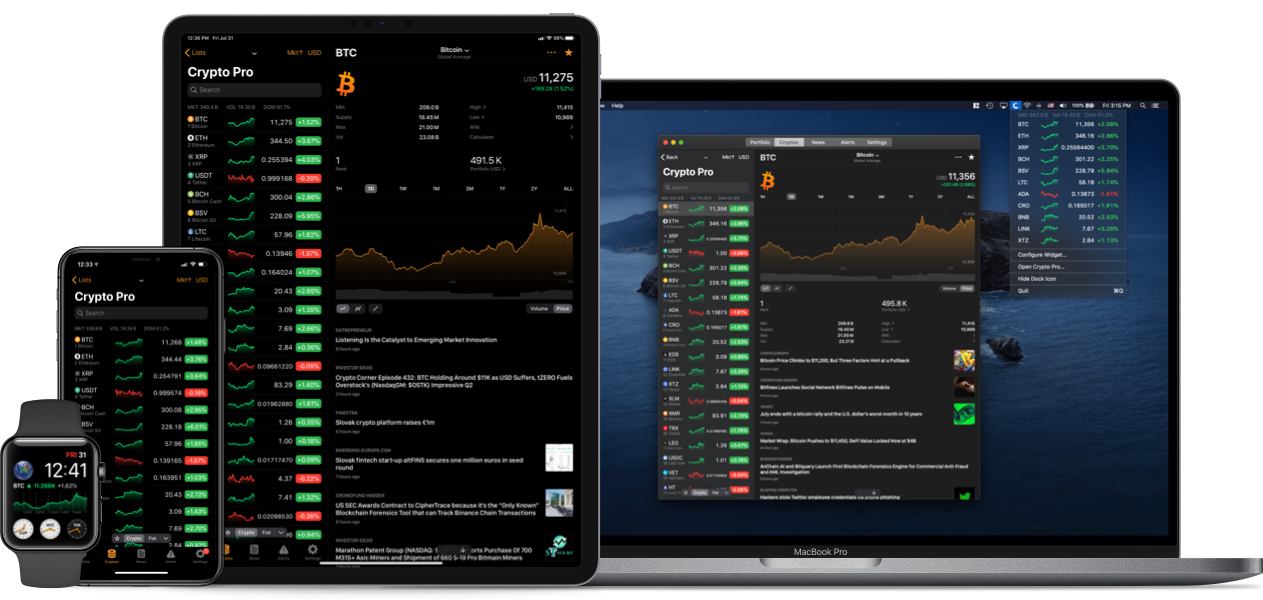Bitcoin price is $88,862.00
| Market Rank | #1 |
|---|---|
| Market Cap | $ 1.8T |
| Volume 24h | $ 27.6B |
| Circ. Supply | 20.0M |
| Total Supply | 20.0M |
| Max Supply | 21.0M |
| Genesis Date | 3/1/2009 |
Bitcoin (referred to as BTC in trading) is the original cryptocurrency and still holds the highest market capitalization. Launched in 2009, Bitcoin was conceived to work as a decentralized digital currency, free from the control of governments or institutions. It was the first digital currency to solve the 'double spend' problem without needing a central server or authority. Transactions are confirmed by network nodes through cryptography and recorded on an open ledger called blockchain visible to anyone.
Bitcoin was created by an individual or group under the pseudonym Satoshi Nakamoto. While the true identity behind this name remains a mystery, their groundbreaking work laid the foundation for the decentralized digital currencies that followed. Although Nakamoto stepped away from the Bitcoin project in 2010, the open-source nature of the project has allowed it to continue and evolve.
Bitcoin operates on a technology known as blockchain. Every transaction made in Bitcoin is recorded on the blockchain, a publicly visible and decentralized ledger. Bitcoin miners, who use powerful hardware to solve complex mathematical problems, validate these transactions. When a problem is solved, a block of transactions is added to the blockchain and the miner is rewarded with Bitcoin. This process is known as Proof of Work (PoW).
Bitcoin mining is the process by which transactions are verified and added to the Bitcoin blockchain. Miners use specially designed hardware to solve complex mathematical problems. Once a problem is solved, the miner adds a block of transactions to the blockchain. In return, they are rewarded with a certain number of Bitcoin. Mining not only validates and records transactions but also creates new bitcoins, until a total of 21 million coins have been produced.
Bitcoin halving is an event in the operation of Bitcoin where the rewards for mining are halved. This halving happens roughly every four years, or after 210,000 blocks are mined. The halving is a core feature of Bitcoin's economic policy, designed to enforce its scarcity and value by reducing the rate at which new bitcoins are created. Currently, 6.25 bitcoins are awarded for every new block mined. After the next halving, this reward will drop to 3.125 bitcoins.
Transparency and security are fundamental aspects of Bitcoin. Bitcoin transactions are bundled into blocks and verified by miners. This is a form of Proof of Work (PoW), where miners compete to solve mathematical problems. The first one to solve the problem gets to add a new block of confirmed transactions to the blockchain. The entire network then validates this block. This consensus model, combined with the cryptographic security used in transactions, keeps the Bitcoin network secure.
As of now, there are about 20.0M million bitcoins in circulation. The maximum possible number of bitcoins that can ever exist is capped at 20.0M million.
You can purchase Bitcoin on various cryptocurrency exchanges using either other cryptocurrencies or traditional fiat currencies. Some popular exchanges where Bitcoin can be bought include BitMart, Binance, Gate.io, Bitci.
Bitcoin is typically stored in a digital wallet. Wallets can be online (web-based or on exchanges), offline (on hardware devices or paper), or mobile (on smartphone apps). Always remember to use wallets from reputable providers and keep your wallet keys confidential to ensure the safety of your Bitcoin.
Bitcoin's current market capitalization is $ 1.8T, making it the #2 highest among all cryptocurrencies. This is calculated by multiplying the current price of Bitcoin by the number of bitcoins in circulation.
![]() Ethereum
Ethereum
![]() Binance Coin
Binance Coin
![]() Tether
Tether
![]() Solana
Solana
![]() Cardano
Cardano
![]() XRP
XRP
![]() USD Coin
USD Coin
![]() Polkadot
Polkadot
![]() Waves
Waves
![]() Compound
Compound
![]() Cosmos
Cosmos
![]() Internet Computer
Internet Computer
![]() Helium
Helium
![]() Wonderland
Wonderland
![]() IOTA
IOTA
![]() THORChain
THORChain
![]() Flipr.bet
Flipr.bet
![]() USCR
USCR
![]() dubs.fun
dubs.fun
![]() crypticpoet
crypticpoet
![]() Lootcoin
Lootcoin
![]() C
C
![]() SeahorsePro
SeahorsePro
![]() Mappin
Mappin

Live Prices, Widgets, Alerts, Portfolio, Apple Watch app
